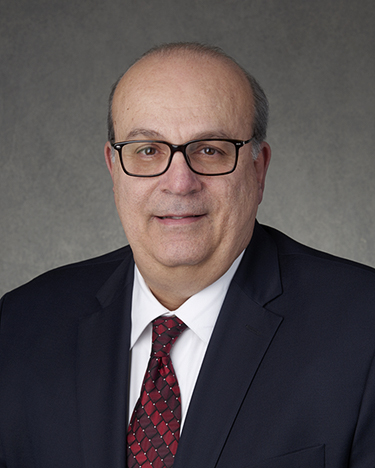Edward M. DePaola, PE, M.ASCE, F.SEI Honored – June 9, 2023
October 5, 2023
Most people who have worked with Ed DePaola know that he has an affinity for structural engineering. It first manifested in grade school, with his fascination with buildings and bridges, and developed in college, along with his recognition of how critical computers could be. That led him in 1981 to the structural consulting firm now known as Severud Associates, where he rapidly progressed from junior engineer to President and CEO.
Today—42 years after his start—Ed enjoys a well-established position as a leader of the firm and, indeed, the structural profession. And in recognition of his achievements and contributions to the field, Ed has been honored with two prestigious awards from the American Society of Civil Engineers (ASCE), at the national and branch levels.
The first is the national organization’s Outstanding Projects and Leaders—or OPAL for short— award for innovation and excellence in civil engineering design. As described by ASCE, the award is bestowed on individuals who have “crafted engineering wonders that have contributed to the creation of thriving businesses and the local economies of the communities they serve” and who “represent a model of achievement to which future generations of engineers aspire to match or exceed.” The award is open to all civil engineers and the field of potential nominees is wide.
Ed’s design of such projects as the Jeppesen Terminal roof and glass enclosure structures at the Denver International Airport and the recently completed high-rise office building at One Vanderbilt Avenue—both ASCE Outstanding Civil Engineering Achievement award winners—along with his stewardship of the firm, mentorship of talented young engineers, and stalwart promotion of the structural engineering profession, made him a natural candidate for an OPAL.
Complementing Ed’s engineering and business accomplishments are his significant contributions to the profession through involvement with professional organizations. A member of ASCE since his college days in 1974, Ed has been chair or member of several committees, including the ASCE Tensile Membrane Structures committee, which produced the design standard currently in use; the Structural Engineering Institute (SEI) Executive Committee; the Board of the SEI SE Licensure Committee; the SEI Board of Governors; and the SEI Futures Fund, to name just a few. With these credentials, the choice to award Ed was clear.
The second honor is the ASCE Metropolitan Section’s biennial Homer Gage Balcom award for a “lifetime of achievement in the structural engineering of buildings.” The award also recognizes an engineer who has made “advances to the state-of-the-art and has a commitment to the advancement of the structural engineering discipline of civil engineering.” Again, Ed’s innovative engineering designs and his commitment to continual learning and improvement made his selection an easy decision.
The award is named after the structural engineer who designed the Empire State Building, the Chrysler Building, and Grand Central Terminal—all close neighbors of One Vanderbilt Avenue. Ed’s design of its hybrid concrete and steel core, the latest evolution of the system he also used for the Bank of America Tower at One Bryant Park, is consistent with the pioneering contributions of H.G. Balcom. And Ed’s additions to the New York City skyline are equally significant.
Although these accolades reflect a lifetime of accomplishments, Ed is by no means finished with his work. His current projects include the overbuild redevelopment at One Madison Avenue and the new corporate headquarters for JP Morgan Chase at 270 Park Avenue, both in Manhattan. Ed continues to be active with SEI, the Council on Tall Buildings and Urban Habitat, and several other professional and trade organizations.